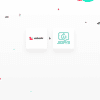When you see a swooshed checkmark, you automatically think of Nike. When you hear the tagline “have it your way”, you recognize it from the Burger King commercials. And we’re also sure that you know what the inside of an Ambercrombie & Fitch store smells like.
How have all these companies succeeded in having you recognize their business just by the logo, slogan, and smell? The answer to that question is branding. All big businesses know the value that branding has on attracting and retaining customers. After all, they’ve all spent millions of dollars on perfecting their branding strategy.
So, would branding your vacation rental website help you achieve similar goals as these companies? The answer is yes, but of course on a smaller scale, so we’re going to teach you how to brand your vacation rental website.
What is branding?
Branding is a business’s way to show their customers who their company is and what they stand for. People should be able to easily recognize who you are just by seeing the font and color scheme on your website or a photo of your vacation rental setup.

The four elements to a successful branding campaign are position, personality traits, story, and association. That means you should aim to communicate who your business caters to and what do they promise to provide, how you want to paint your brand and what it’s known for both internally and externally, a summary of how your business came to be and how it adds value, and finally the physical associations that go along with your business.
Branding helps your business grow a relationship between your vacation rental and consumers. It’s how you create the identity of your business that will ultimately bring you customers. Besides your website, your branding materials will be the base of any other marketing campaigns going forward.
Remember that your brand will also be present on:
- Search engine results pages (SERPs)
- Social media
- Business cards
- Business merchandise (such as stationary, uniforms and any promotional items such as mugs, bags)
- Email and letter headers
- Email signatures
- Brochures/flyers
- Internal and external signage at your vacation rental
- Promotional banners
- External listing sites
That’s how important it is to follow our vacation rental website branding checklist to make sure that you’ve got everything set and ready to effectively communicate your brand.
Steps to begin branding your vacation rental website
Let’s take a look at some branding techniques that you must incorporate into your vacation rental website.
1. Clear goals
Every successful branding campaign needs to have a clear outline of what you want to achieve. You need to sit down and decide on some SMART (specific, measurable, attainable, relevant, and time based) goals for your business.

Some common goals for branding are to build awareness and credibility, push for direct bookings, or to build loyalty overtime. Once you have your goals picked out, you will base the rest of your efforts around achieving said goals.
Having clear goals will let you know the success of your branding campaign and will give you an idea if anything needs to be adjusted in order to reach your ultimate goal as a business.
2. Logos
Your logo is a strong part of your brand identity and will be shown on your website, business cards, social media, watermarks, brochures, and anything else that you produce for your vacation rental business. A logo should be a simple graphic of some sort that conveys your message, it should also be distinctive, appropriate, and practical so that others can easily recognize it as yours.
When designing your logo, you will need to consider how it will look in different sizes, in color, black and white, and in both digital and print formats to make sure that it will fit in all places where you will represent your business.
Most companies will have two types of logos, a primary and a secondary design. Your primary logo should be done in a 2×2 ratio and will appear on your website, social media, and emails. With secondary logos, you can be a bit more flexible with the dimensions and colors because it will only be used when an alternative to your primary logo is needed.
A lot of businesses will also watermark images on their website in order to avoid vacation rental scammers from using their photos and ruining their credibility. This is just a faint superimposed version of your logo that will show up on images to prevent misuse.
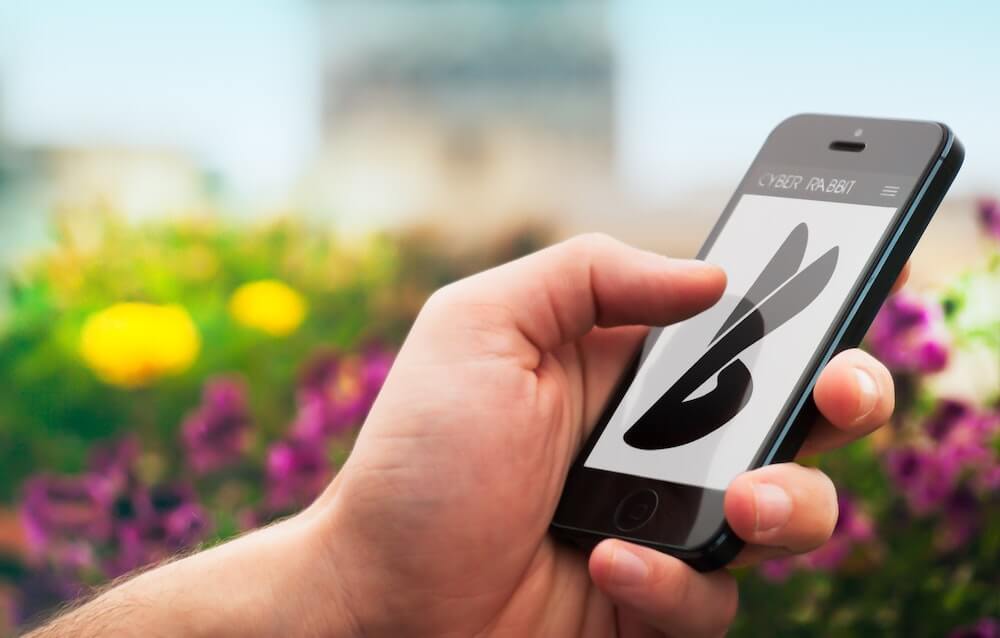
You should also make a logo in a smaller size than the 2×2 to appear as your favicon on your website. It’s very common to just make your website icon a scaled down version of your primary logo, but you can design a separate one if you wish. Your favicon is the icon that helps users distinguish your website from others if they are browsing with multiple tabs open on a computer.
3. Tagline
Not all businesses have a tagline, but the ones that do definitely make an impact. Your tagline, also known as your slogan or motto, helps to summarize your company and its brand goal in a few words. It also serves as a memory hook to help customers remember your brand.
Some businesses adopt more descriptive taglines, such as Walmart’s famous “Save money. Live better”, and others use a more playful and punchy approach to create more of an impact, similar to Nike’s “Just do it” or Toyota’s “Let’s go places”.
If you choose to use a tagline for your vacation rental, make sure it focuses on a singular point of differentiation that makes your business stand out from the crowd. It has to be meaningful to your brand goals and business story. Also make sure to make it short and memorable in the words and structure you choose; make it catchy. You can even consider mentioning elements of your location to attract regional markets.
Once you have your tagline perfected, be sure to incorporate it into your logo, or at least include it anywhere you display your logo. This way, your customers will have both a visual and an auditory way to recognize your vacation rental.
4. Colors
Even though having a colorful website might look visually pleasing, having too many different colors does not help your branding. Ideally, you should only work within a specific color scheme that features one to three primary colors and two to three secondary colors, including black and white.
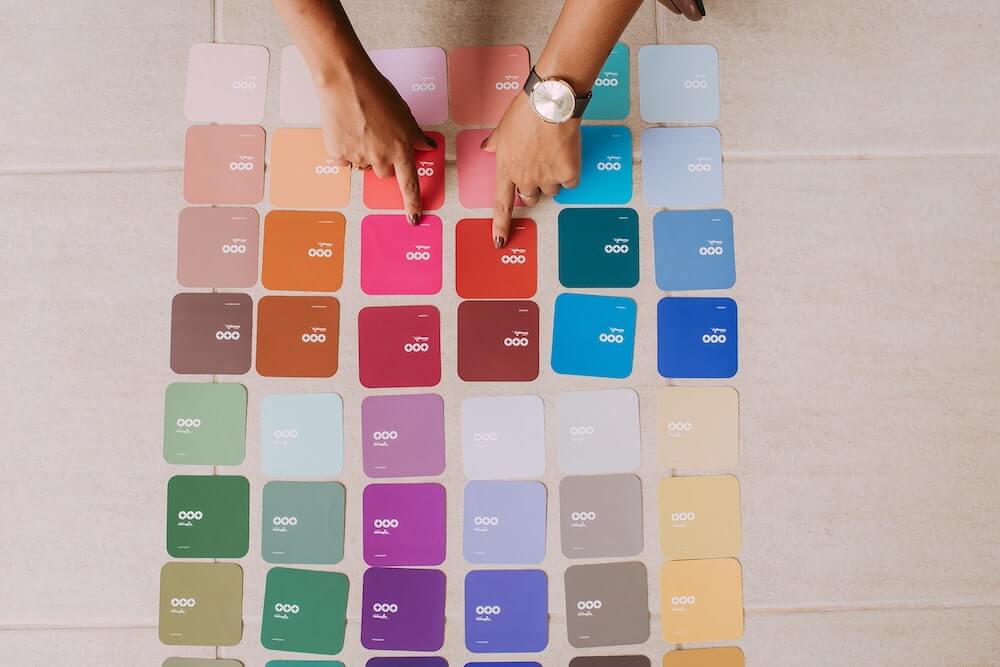
Different colors evoke different feelings and emotions within people. For example, the color red is often associated with anger or lust, while the color blue brings to mind feelings of calm or sadness. Choosing your colors not only helps people associate certain color combinations with your brand, but it also invokes feelings inside of people that further cement your brand recognition.
After deciding the colors themselves, you will need to set some rules or best practices on how to implement them across everything from your website to social media or even any printed material. The more you utilize and stick to your color palette, the more that those colors will begin to be associated with your website and your business.
5. Typography
The typefaces you choose for your vacation rental brand should reflect the kind of message you want to convey to guests. There are different style typefaces, such as serif and sans serif, and it’s OK to mix things up.
Your chosen typography aligns your messaging with your brand personality. It also helps tie all emails, blog posts, and other guest communications back to your website. Typography can help give a tone to your brand, as different ways of lettering can make your brand seem more personable or more modern and chic.
If possible, you should restrict the number of different typefaces you use for your brand to two or three. Preferably, using one style for your logo and headings, and another for body text. Make sure to take weight and style type into consideration when choosing typefaces to ensure that your communications will look cohesive with one another and will convey the same brand message.
6. Images with a theme
There’s no doubt that you will have images of your vacation rentals displayed on your website. Whether or not you choose to also include some stock photos to fill blank spaces or not, all your images must be cohesive with one another.
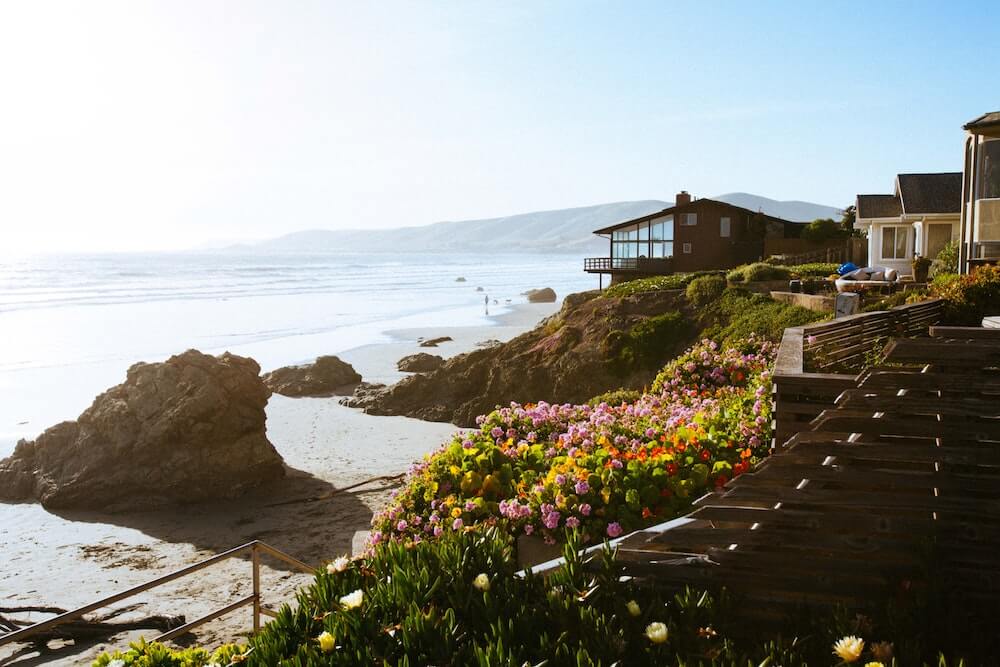
You should choose which filters, lighting, and edits you want to overlay on your website photos because it will have an impact on how your rental is perceived. You want it to look like all of your photos belong to the same place to help build credibility.
If you’re trying to sell the experience of a cabin in the woods to guests, you will want to have photos and images that play into the woodsy and natural landscapes that you offer. On the contrary, if you have a beach house, then you might want to utilize images with a warm lighting and feel.
This also goes for images you use on your social media or newsletters because this will help users relate these images to the ones on your website. Guests want to know what to expect when checking out your vacation rental.
7. Create an engaging “about us” page
Every website should include an “about us” page where your visitors can have the opportunity to meet you and get to know your business and what it stands for. This is your chance to shape what your audience knows and thinks about your brand and influence their feelings about it.
On your about page, you should include your mission statement along with a brief explanation and a couple of paragraphs explaining the story of how your business came to be. Be sure to answer what you do, why you do it, and how you do it differently than other companies.
8. Define your tone of voice
Your company tone of voice is the mood and emotion you convey in your message to your audience. This is done through the use of a specific word choice and writing style. For example, if your vacation rental is a surfer paradise, you might choose to use a more laid back and relaxed communication method than an uptight and professional one.

Once you have your tone of voice picked out, make sure to use it in every written piece of communication with your customers and audience. On social media, your tone will dictate whether your content takes on a more lighthearted and humorous approach or if you should take on a more executive voice, along with your emails and website copy.
To ensure that every piece of written content by your business correctly communicates your chosen tone of voice, you should be sure to include it in your company style guide. It will also help to make sure that all of your content sounds like it comes from one specific business, further solidifying your brand.
9. Consistency
Once you’ve chosen all the visual elements of your brand, then it’s time to maintain these style choices across everything you do, emails, social media, websites, announcements, etc. This is the only way to begin to make your distinct branding recognizable by people.
You might even consider developing a style guide which contains the rules for design, composition, wording, tone, and general look and feel of your brand. A style guide will act as a reference for you and your management team to ensure that everyone remains succinct within your brand. It’s the best way to guarantee uniformity under one brand and one business.
10. Layout and User Experience
Brand experiences rely heavily on design in order to communicate a specific message and make users feel a certain way when interacting with your brand. That’s why user experience and website layout play a huge role in branding your vacation rental.
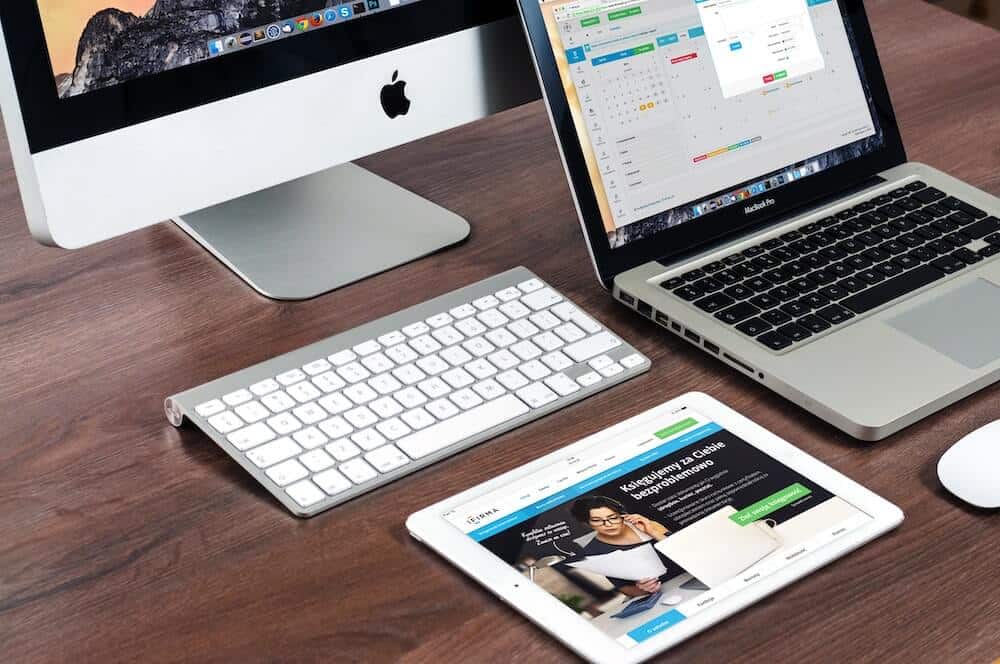
What you choose to highlight on your website and which pages you choose to make main ones versus subpages and the navigation around your website will impact that way that users experience and feel about your brand.
Pages that you feel are central to your business and its brand should be shown in bold font or listed as a heading on the navigation bar. This way you can guarantee what users will be drawn to or what they’ll interact with when clicking around your website. Don’t overlook the importance of design on branding.
11. Social media
Social media is a fantastic starting point for getting your vacation rental branding out into the world. According to marketing guru Neil Patel, social media has overtaken other more traditional channels as the key place where consumers share their opinions about brands and engage with them.
You should treat social media as a valuable asset to your branding image. It is one of the easiest ways to extend your brand to a wider audience through the use of hashtags, groups, and community pages.
Facebook and Instagram are already proving to be hugely successful marketing tools for vacation rental owners, helping them to attract more direct bookings and generate lots of excitement about their properties. What’s more, professionals can interact with others in the vacation rental industry by way of LinkedIn groups, Twitter chats and specialized forums.
You should choose which social media platforms you want to focus on by determining your target audience and preferred medium of communication, whether that be more a focus on images with Instagram, videos with Tiktok, or words on Twitter.
It’s important to remember that no matter what social media sites you decide to use, you should always aim to maintain the same brand voice throughout your posts, messages, infographics, and so on. You will, of course, also use your logos and style guidelines to ensure consistency across any published posts and on your profile page.
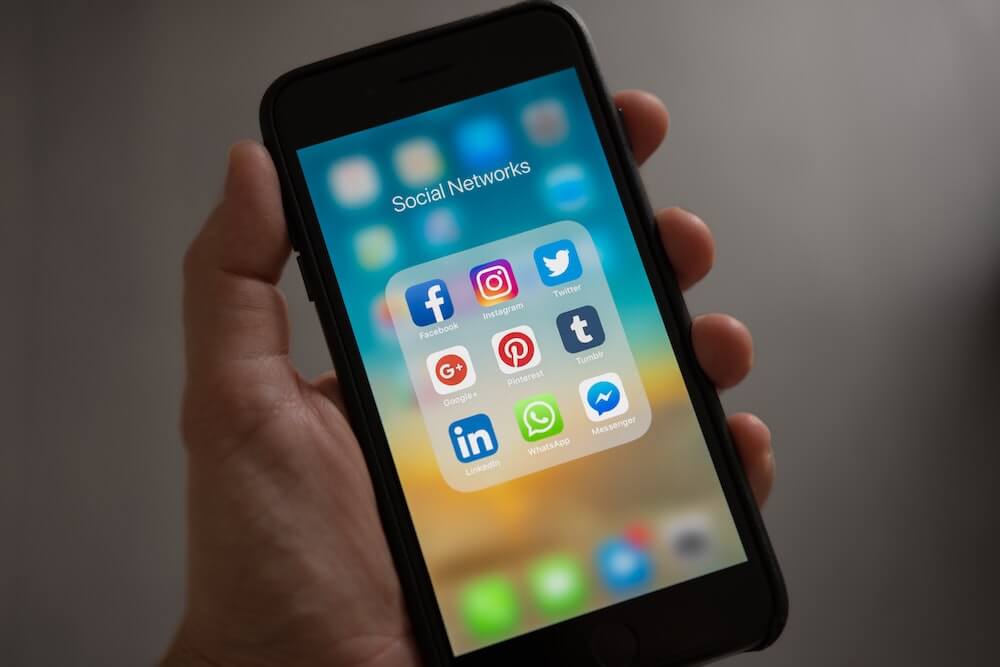
Benefits of website branding
Website branding helps show the credibility of your vacation rental business. If done correctly, it should bring recognition, visibility, trust and customer loyalty to your business. Guests are far more likely to choose your website and your vacation rental if everything across platforms looks succinct to one business.
Your brand will be present in everything you do – both on and offline – so it’s vital you make your decisions early on and uphold your brand guidelines throughout. When you consistently and uniformly use your branded styles with every user interaction, people will start to know your business and recognize it without even seeing its name. That’s the goal of website branding!


